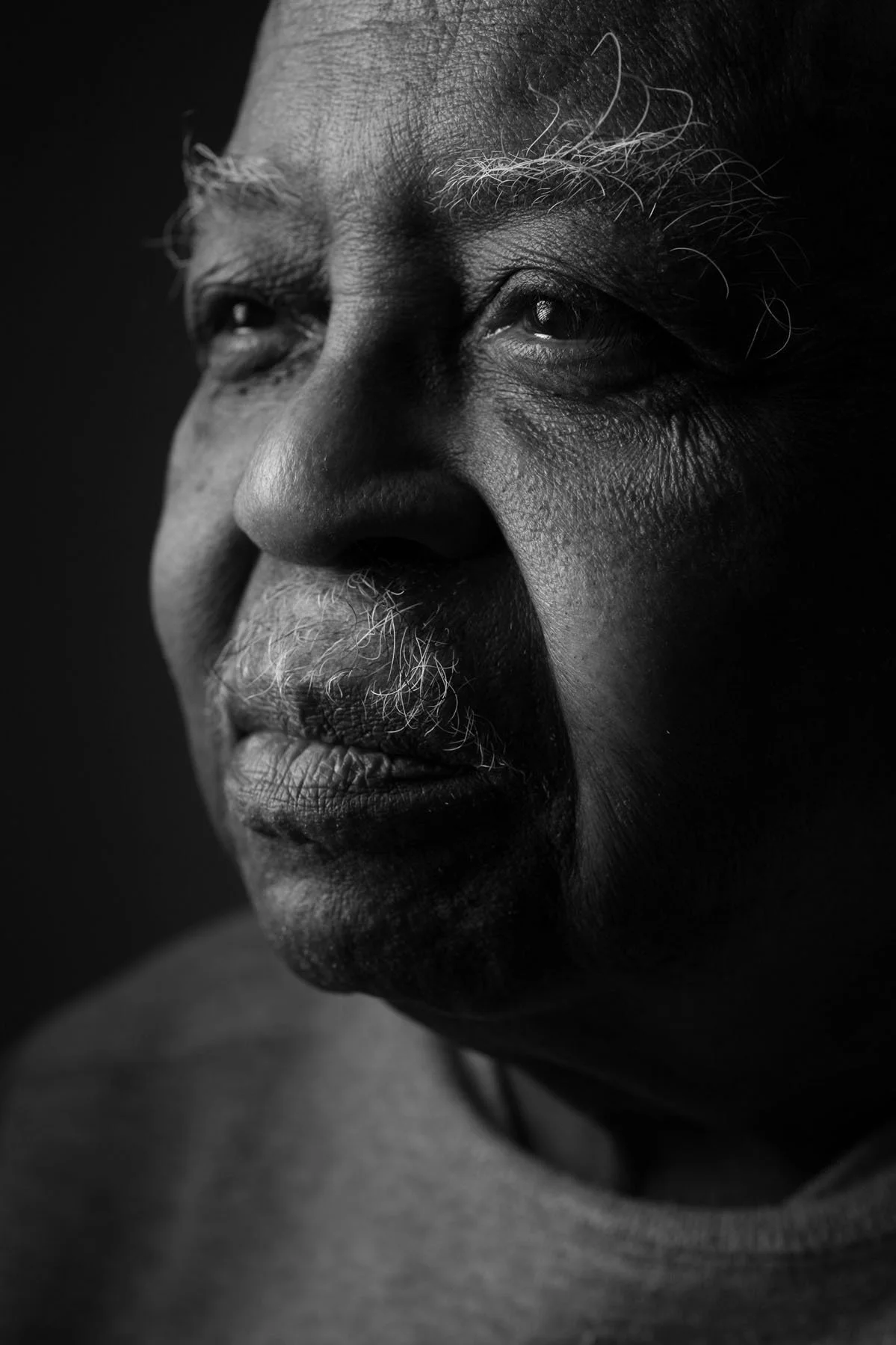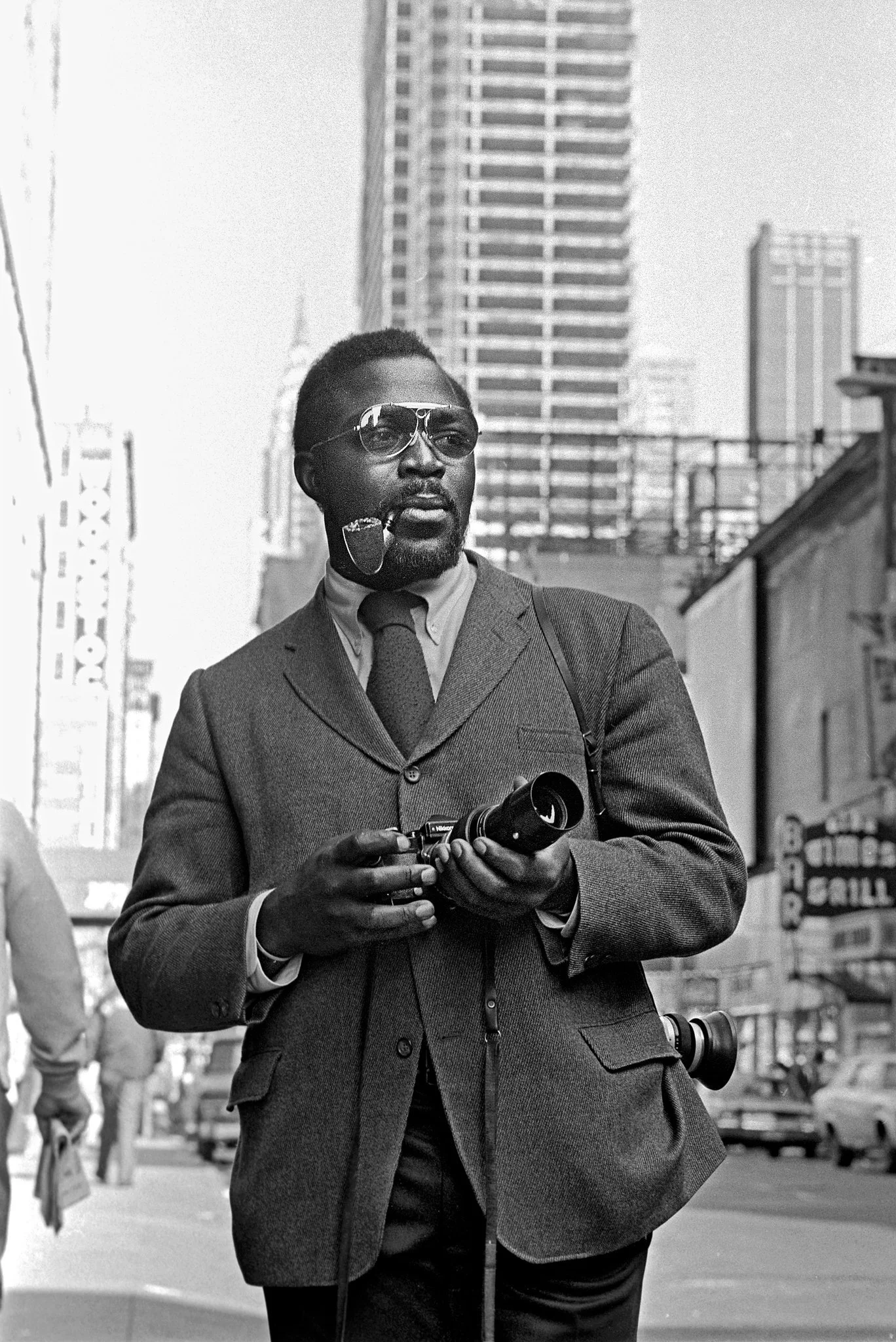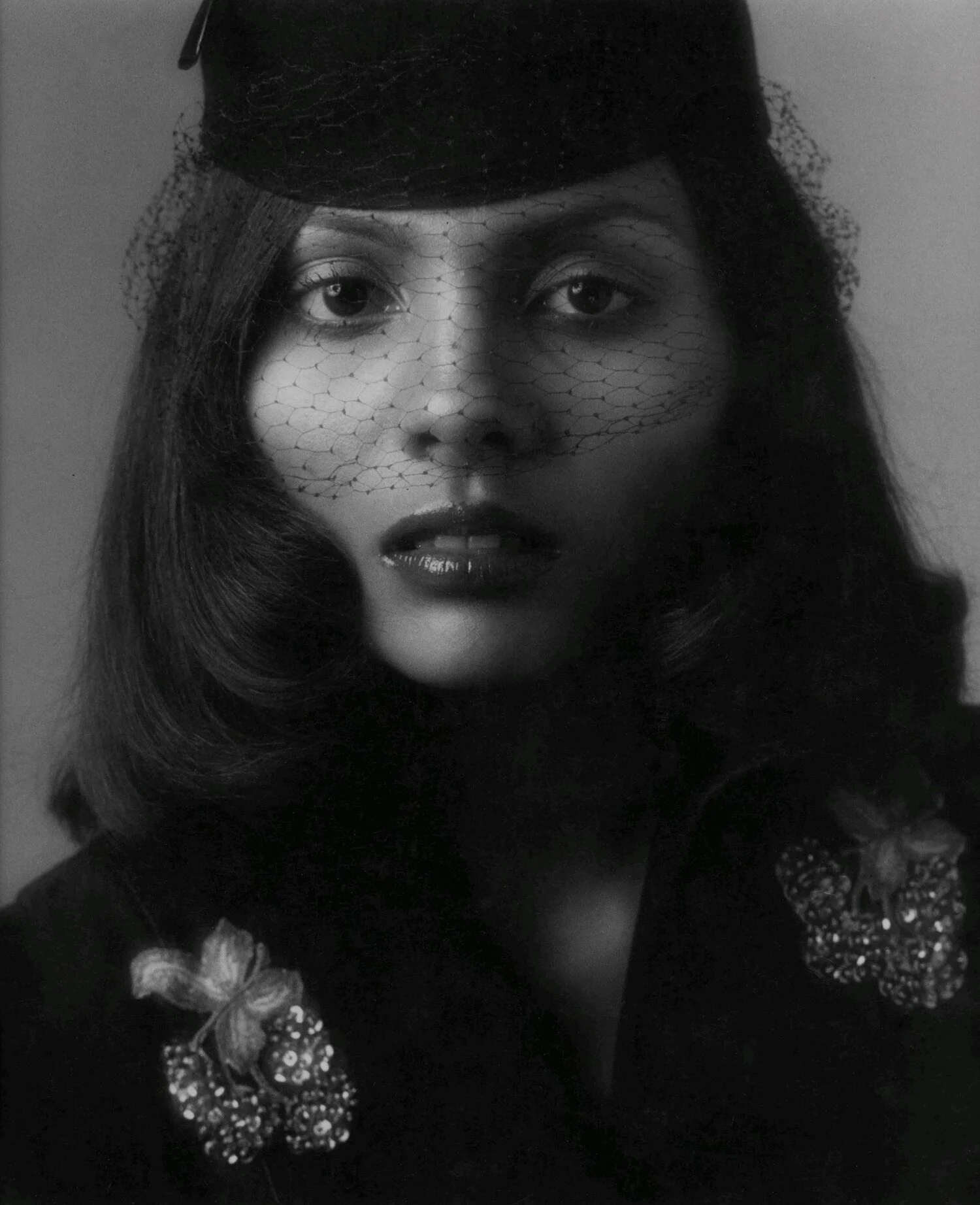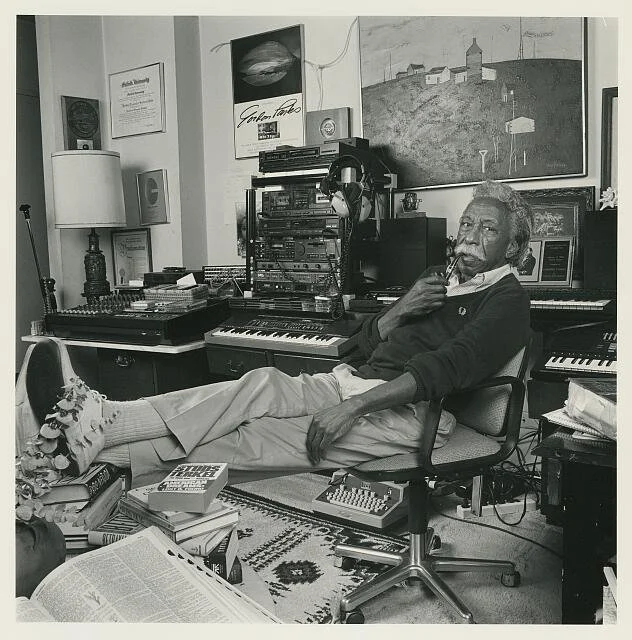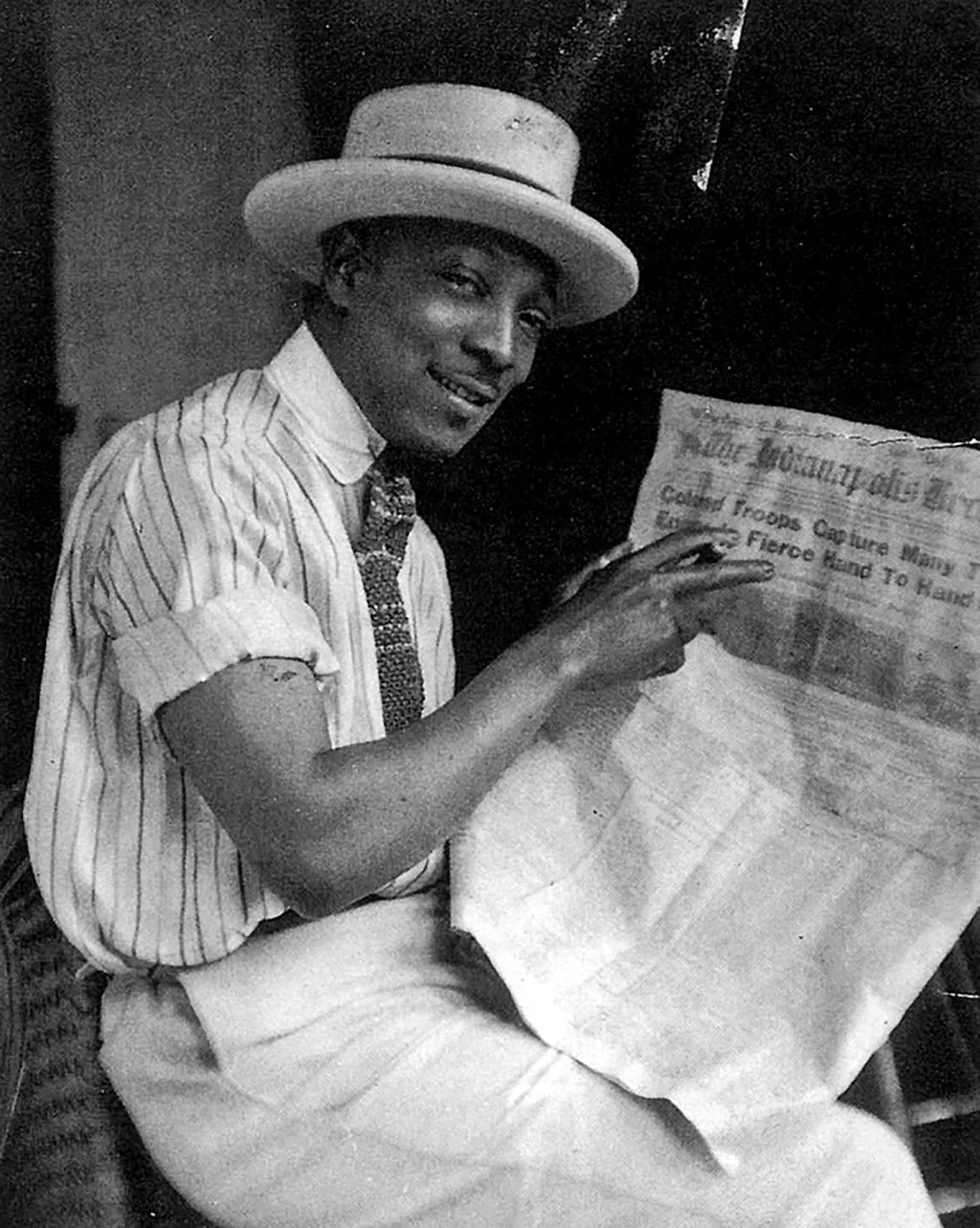African American Photographers You Should Know
“I saw that the camera could be a weapon against poverty, against racism, against all sorts of social wrongs. I knew at that point I had to have a camera.”
Introduction
These five African American photographers have made a lasting impact on photography. They were trailblazers who forged the path that others followed. They gave authentic voices to communities often underrepresented and greatly contributed to documenting the complexity of the human condition.
Chuck Stewart
May 21, 1927 - January 20, 2017
Photo: The New York Times
If you're a fan of Jazz from the 50s and 60s and love vinyl records then you have seen Chuck Stewart’s work. He produced images for more than 2000 album covers over the course of his career, most for Impulse records. He was the only photographer to document the recording sessions of the groundbreaking Jazz album “A Love Supreme” by John Coltrane.
Stewart earned his BFA from Ohio University in 1949. He soon moved to New York City where he immersed himself in the Jazz scene. His work captured the power and passion of jazz. It also highlighted the artistic genius of many of the jazz greats.
Stewart’s photographs were important not only for their artistic value but for their historical importance. Sadly, in this period, racial segregation was still a bitter reality in parts of America. Jazz provided a platform for unity and understanding. Stewart’s images captured moments of collaboration between black and white musicians, showcasing the power of music to transcend racial divides.
Don Hogan Charles
September 9, 1938 - December 15, 2017
Photo: The New York Times
Charles began his photographic journey professionally after he left City College in New York where he majored in engineering. After briefly doing freelance work, he became the first African American staff photographer to join the New York Times in 1964. He remained employed there until his retirement in 2007
Charles was a perfectionist and a photojournalist dedicated to telling the truth with his camera. He was a versatile and skilled photographer, most known for his iconic image of slain civil rights activist, Malcolm X peering out the window from his home with a M1 rifle. He witnessed and documented many of the tumultuous historical events of the Civil Rights era.
Charles's body of work extends beyond civil rights photography. He showcased a wide range of subjects, including sports, cultural events, and everyday life, especially giving voice to the people of Harlem.
Charles’ impact cannot be understated. He broke barriers in photojournalism and left iconic images of the Civil Rights area that tell America’s often complicated story in race relations.
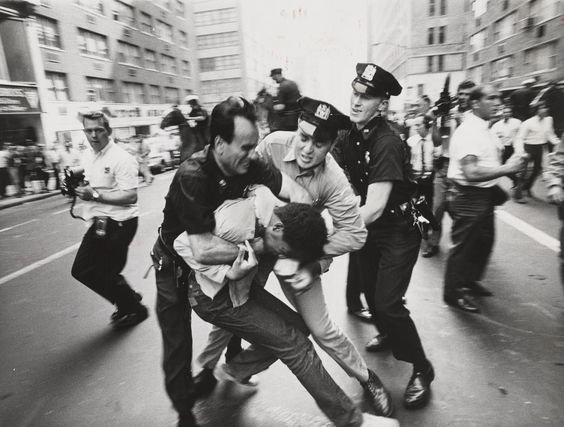

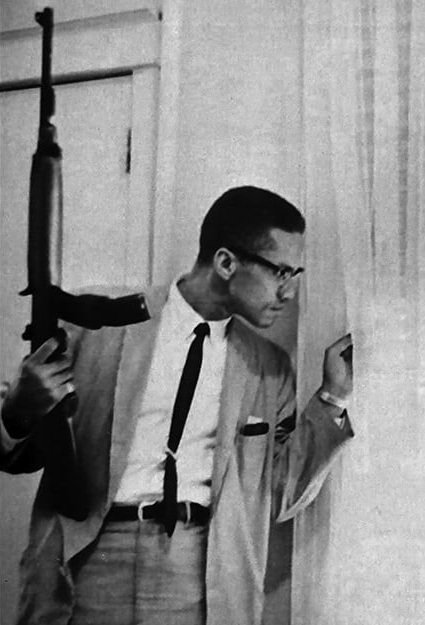


Ming Smith
1947 -
Photo: Mr. Anthony Barboza (1970’s)
“In the art of photography, I’m dealing with light, I’m dealing with all these elements, getting that precise moment. Getting the feeling—to put it simply, these pieces are like the blues.”

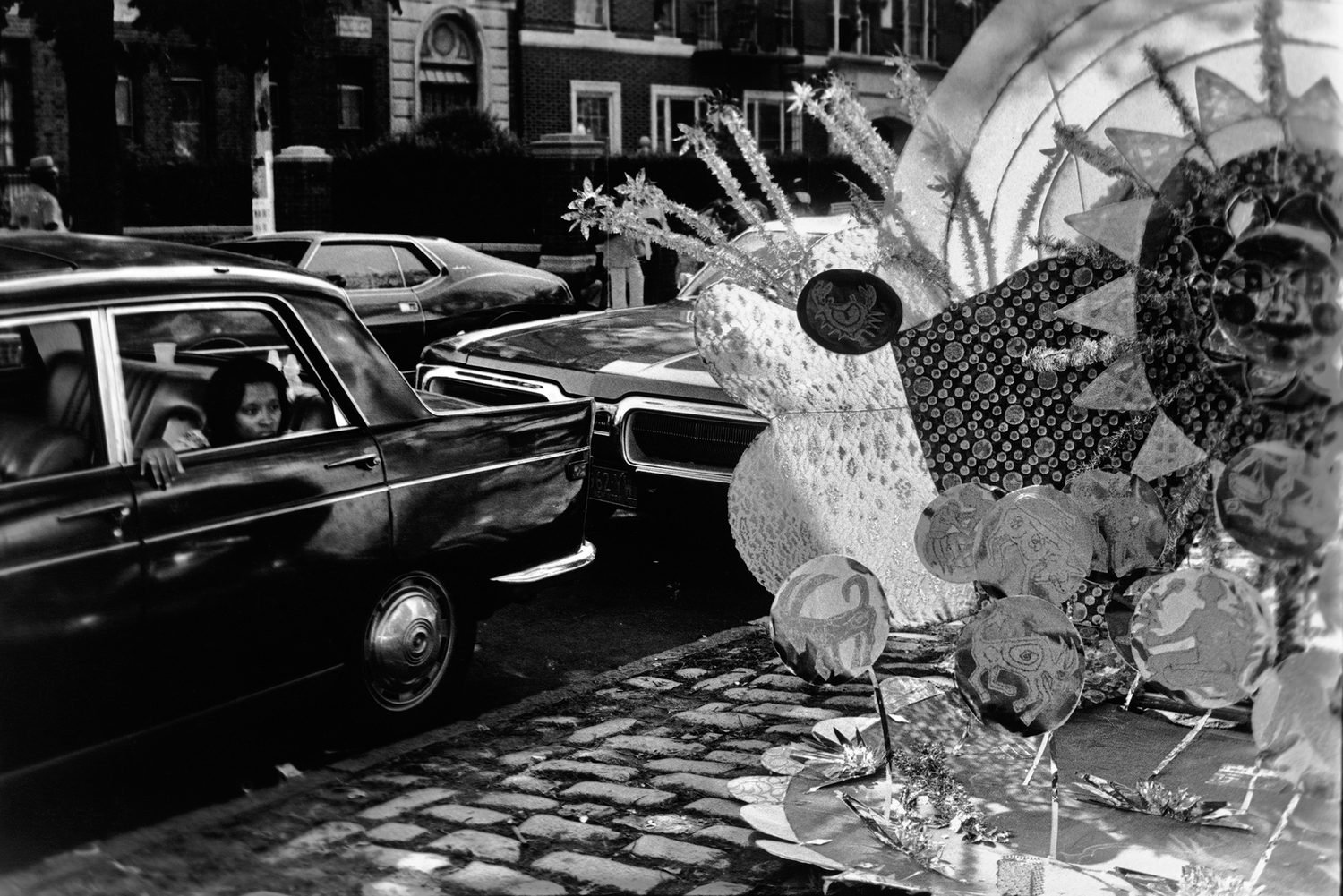



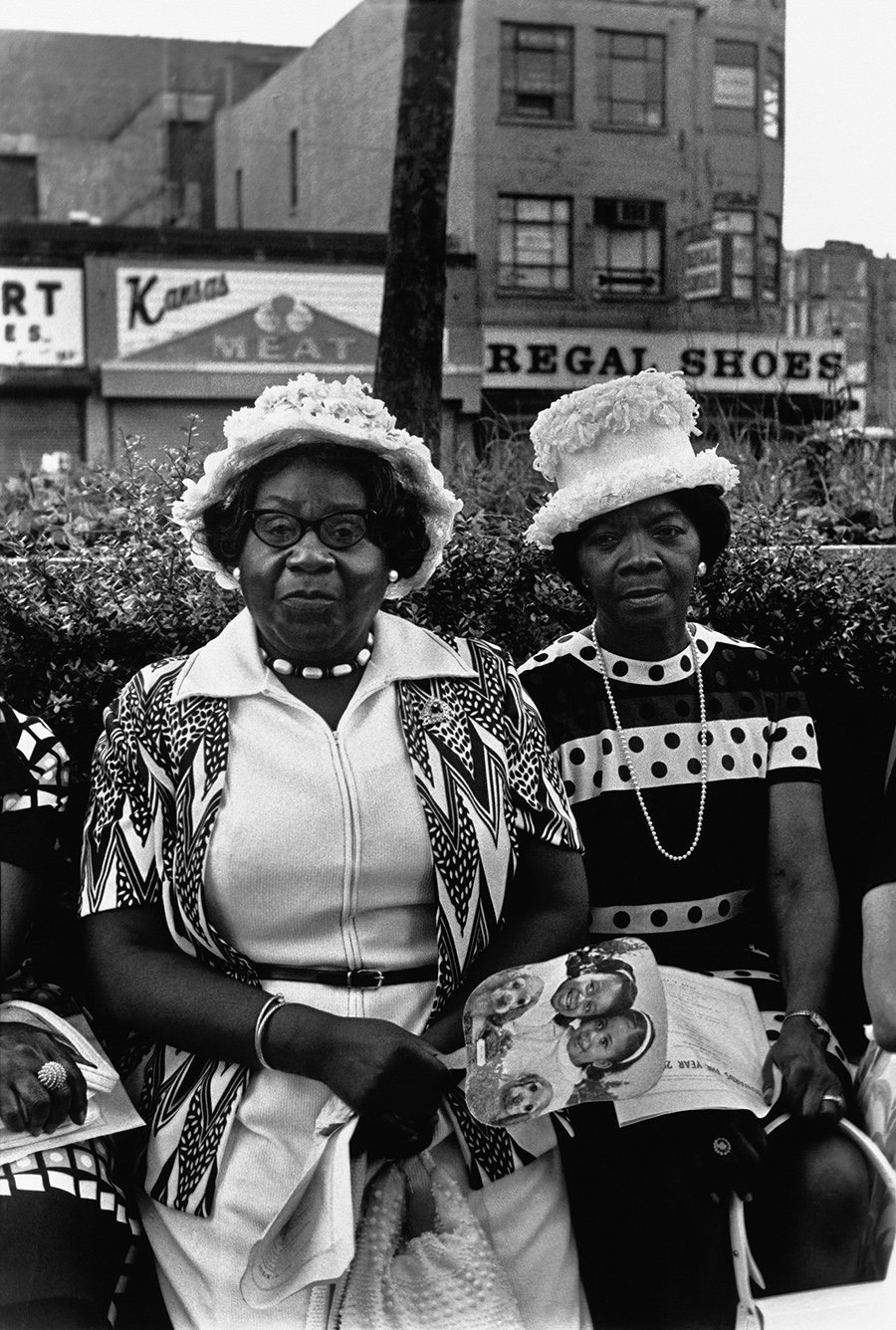
Ming Smith has the distinction of being the first African-American woman to have her work acquired by the prestigious Museum of Modern Art in New York. She was also the first woman to join the Kamoinge Workshop, a collective of Black photographers founded in 1963. The collective sought to give voice to black photographers, showcase their work, and build community.
Smith’s work transcends boundaries and styles. Her pictures range from photojournalistic images that capture urban African-American culture to otherworldly ethereal images that accentuates the movement and the energy of the subject. Despite her various photographic styles, the one constant is her depiction of African-American culture and identity.
Her work has gained more prominence in recent years and is showcased in prestigious galleries and museums around the world. Today she continues to work and inspires a new generation of photographers and artists.
Gordon Parks
November 30, 1912 - March 7, 2006
Photo The Library of Congress
Gordon Parks was an exceptional talent. His gifts reached far beyond the world of photography. He was an accomplished novelist, poet, music composer, and film director. He is accredited with being the first black director of a major Hollywood motion picture with the release of Shaft in 1971.
Parks’ first major national recognition came when he was hired by the photo division of The Farm Security Administration/Office of War Information in 1942. It was during this time that he photographed Ella Watson in one of the most celebrated photographs of the 20th century, American Gothic.
After he left the FSA, he continued to forge new firsts. He was the first black photographer for Vogue. While at Vogue, he further developed his distinctive style by capturing models in real-world environments and having models showing movement. These story-telling techniques brought a new energy to fashion photography.
He was the first black photographer hired by LIFE. His photos for LIFE would make him a household name. In his 1956 photo essay entitled, The Restraints Open and Hidden, he documented the everyday realities of an African American family in racially segregated Montgomery, Alabama. His imagery held a mirror to American society. His pictures visualized the hypocrisy of a country that championed freedom and democracy around the world but denied it to its citizens.
Gordon Parks' significance lies not only in his technical and artistic contributions to photography but also in his dedication to using art as a means to shed light on social injustices and advocate for positive change.










James Van Der Zee
June 29, 1886 - May 15, 1983
No other photographer is more synonymous with the Harlem Renaissance than James Van Der Zee. In a career that spanned almost eight decades, he chronicled the lives of African Americans with elegance, grace, and style.
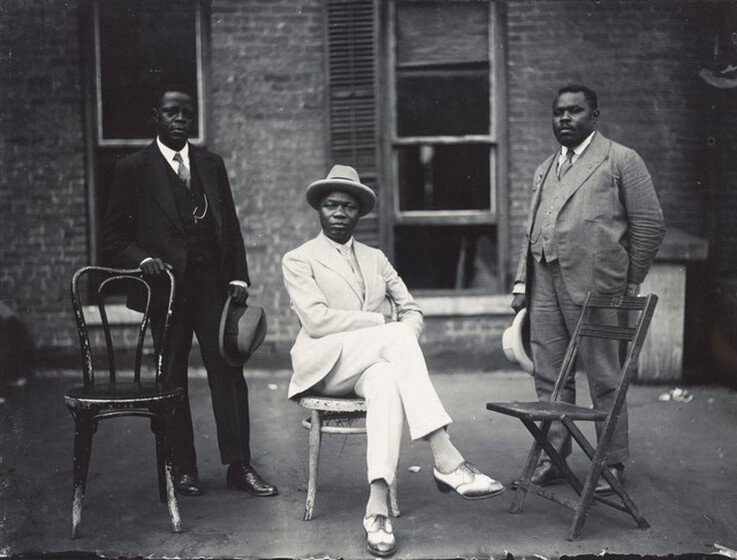
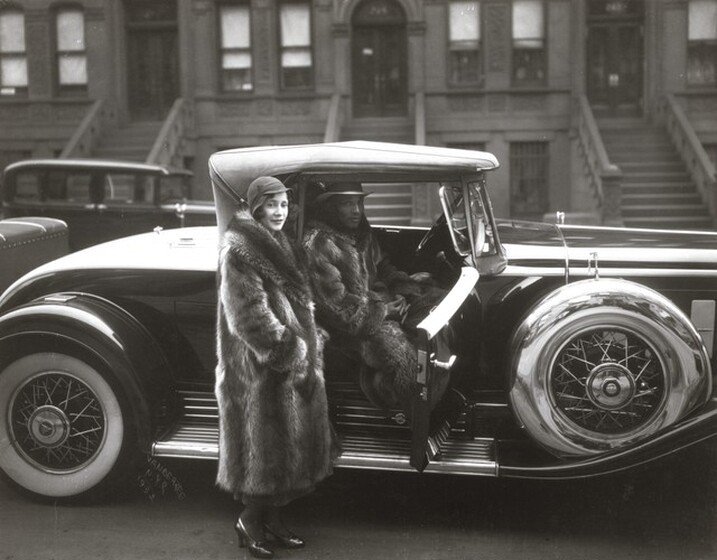






In the 1920s and 1930s his photo studio, the Guarantee Photo Studio later named the GGG Studio was the preeminent location for Harlem’s residents to have their portraits taken. His studio was renowned for elaborate hand-painted backgrounds and fashionable props and sets. His photography was not just limited to portraits, he photographed thousands of social events like weddings and funerals in and around Harlem. These depictions of everyday life gave a layered and nuanced glimpse of the people of Harlem to the wider world.
Unfortunately, the demand for his services significantly decreased during the Great Depression and with the increased use of affordable personal cameras. He spent the next few decades struggling financially. He was living in poor health and near poverty when his work was rediscovered and given the proper recognition it deserved in the Late 60s and 70s. The Metropolitan Museum of Art showcased his work in their controversial exposition, Harlem on My Mind. His second renaissance would bring him to the attention of a wider audience and he was commissioned to provide the portraits for several notable celebrities including, the celebrated African-American painter, Jean-Michel Basquiat.
James Van Der Zee's legacy lies in his role as a chronicler of the Harlem Renaissance and giving a positive representation of African American identity and life. His images continue to have a lasting impact on American history and the history of photography.
Others Who Deserve Mention
Conclusion
These photographers were true pioneers in photography and made significant contributions. They captured and shared diverse stories and perspectives. Their imagery enriched the history of photography and was instrumental in shaping a more inclusive and accurate representation of America’s cultural landscape.

